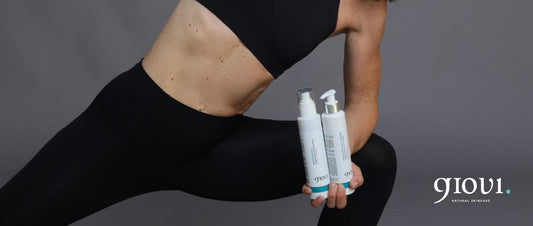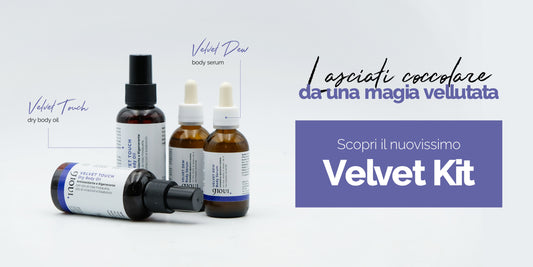Our skin is the largest organ in the human body, it is dynamic and is capable of regenerating itself.
It represents approximately 15% of body weight and 65% of the weight is water.
It has a skin surface area of between 1.5-2 m2 and a thickness varying from 0.5 mm in the eyelids to 4-5 mm in the palmar-plantar regions.
The skin belongs to theTEGUMENTARYsystem to which the skin appendages such as nails, hair and glands also belong.
WHAT ARE THE FUNCTIONS OF THE SKIN?
- MECHANICAL FUNCTION: thanks to its elasticity and resistance it allows fluid movement of the body
- PROTECTIVE FUNCTION : it is a barrier between the inside and outside of the body from infections, microorganisms, temperature and come on UV rays
- SENSORY FUNCTION: contains many receptors inside that perceive pain, temperature, pressure
- THERMOREGULATORY FUNCTION : through the sweat glands and the influx of blood flow in the microcirculation the skin allows our body to regulate itself
- METABOLIC FUNCTION: adipose tissue in the hypodermis is essential for the production of Vitamin D and as an energy reserve
- ABSORPTION AND PERMEABILITY FUNCTION: directly through the cells of the stratum corneum and indirectly through the hair follicles and sebaceous glands
- WATERPROOF BARRIER FUNCTION: the skin is an almost waterproof barrier and allows the passage of small and/or lipophilic active ingredients. It defends us from aggressive chemicals and prevents the entry of pathogens
- SECRETORY FUNCTION:the skin secretes products such as sebum through the glands, which are essential for the formation of the lipid mantle and sweat which continuously and imperceptibly eliminates small quantities of water even up to 1 lt per day
- MOISTURIZING FUNCTION : in the stratum corneum the cells are immersed in substances which are indicated with the term Natural Moisturizing Factor , (Natural Hydration Factor) abbreviated to NMF which have a strong water retention capacity and therefore play an important role in maintaining the hydration of the epidermis



